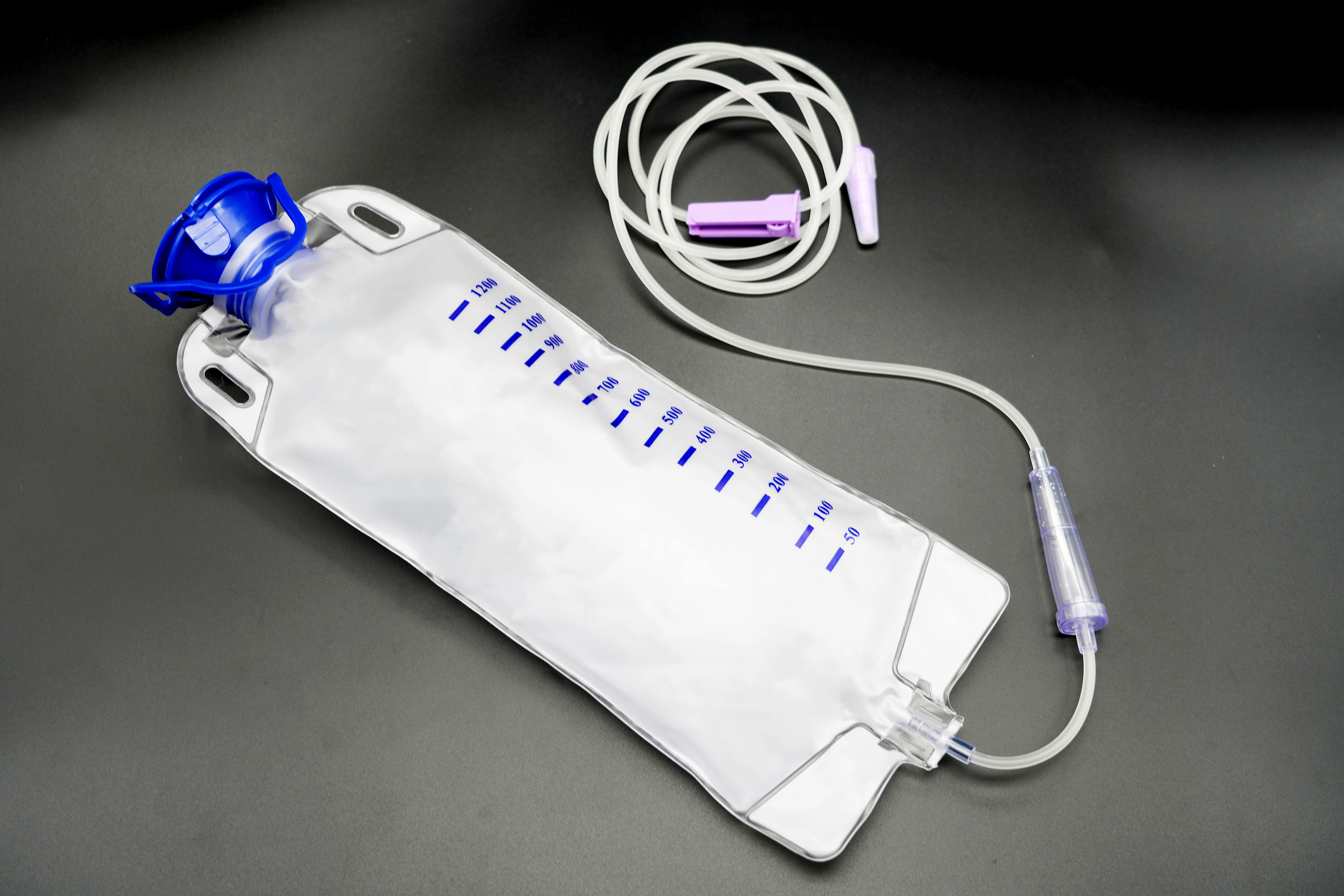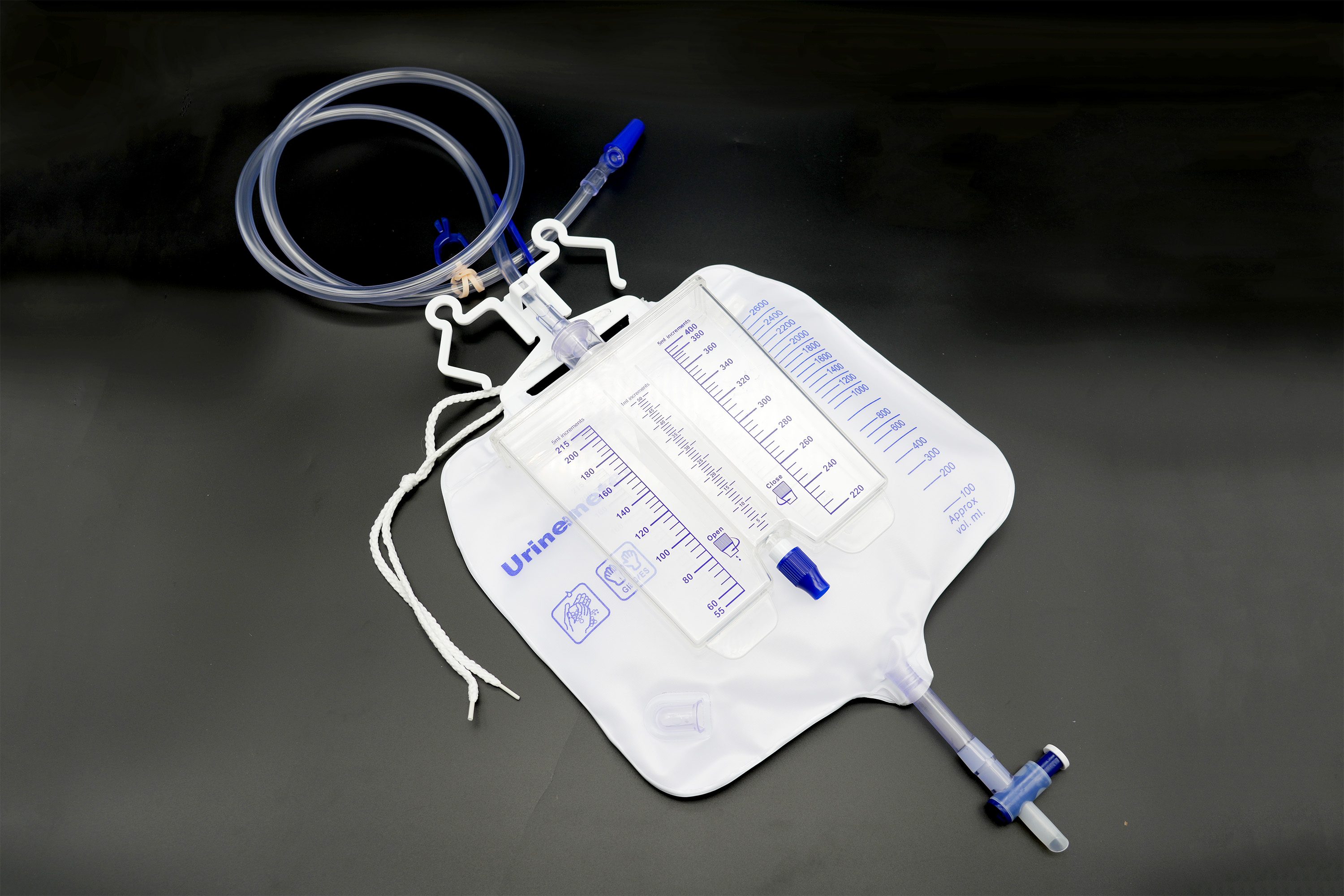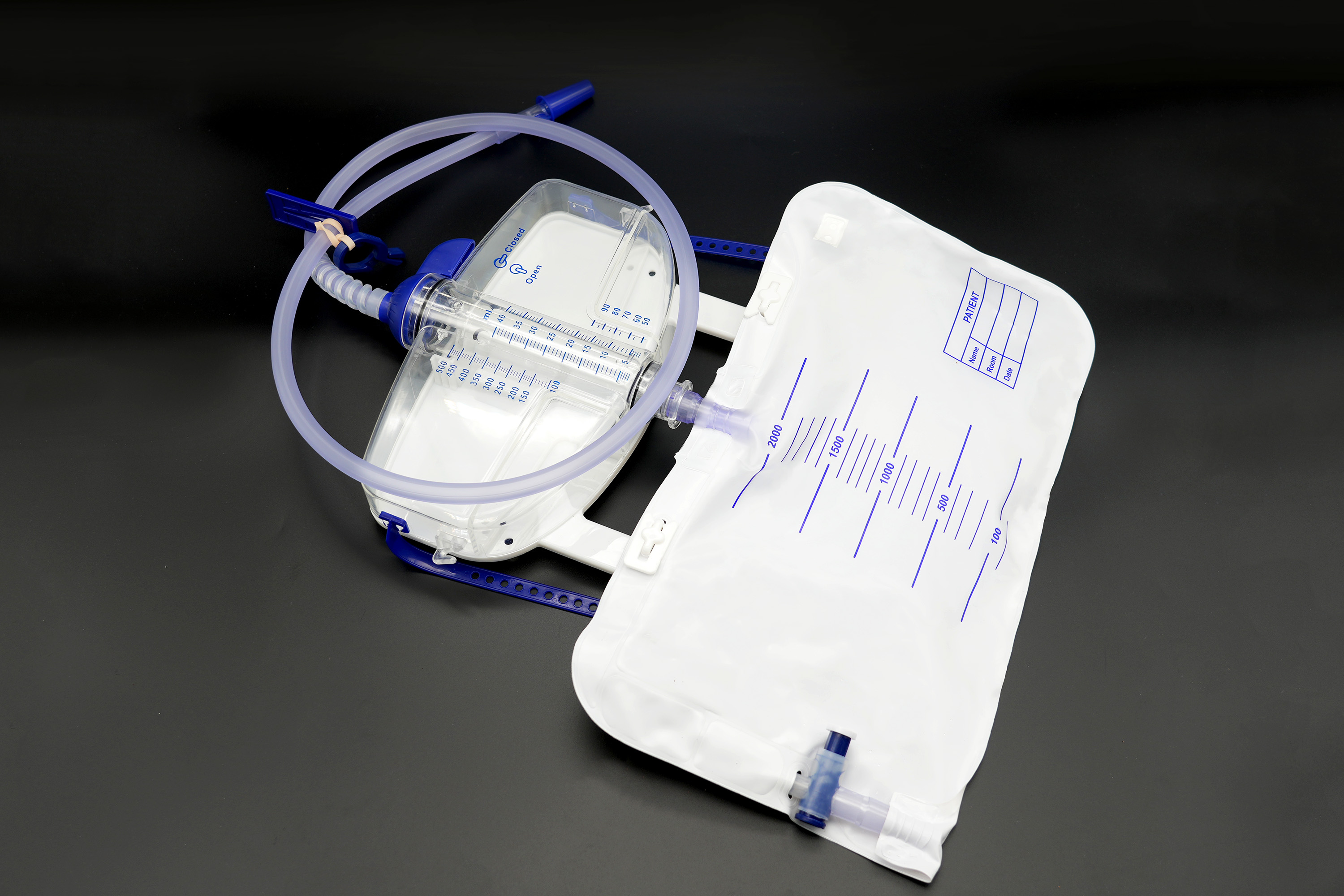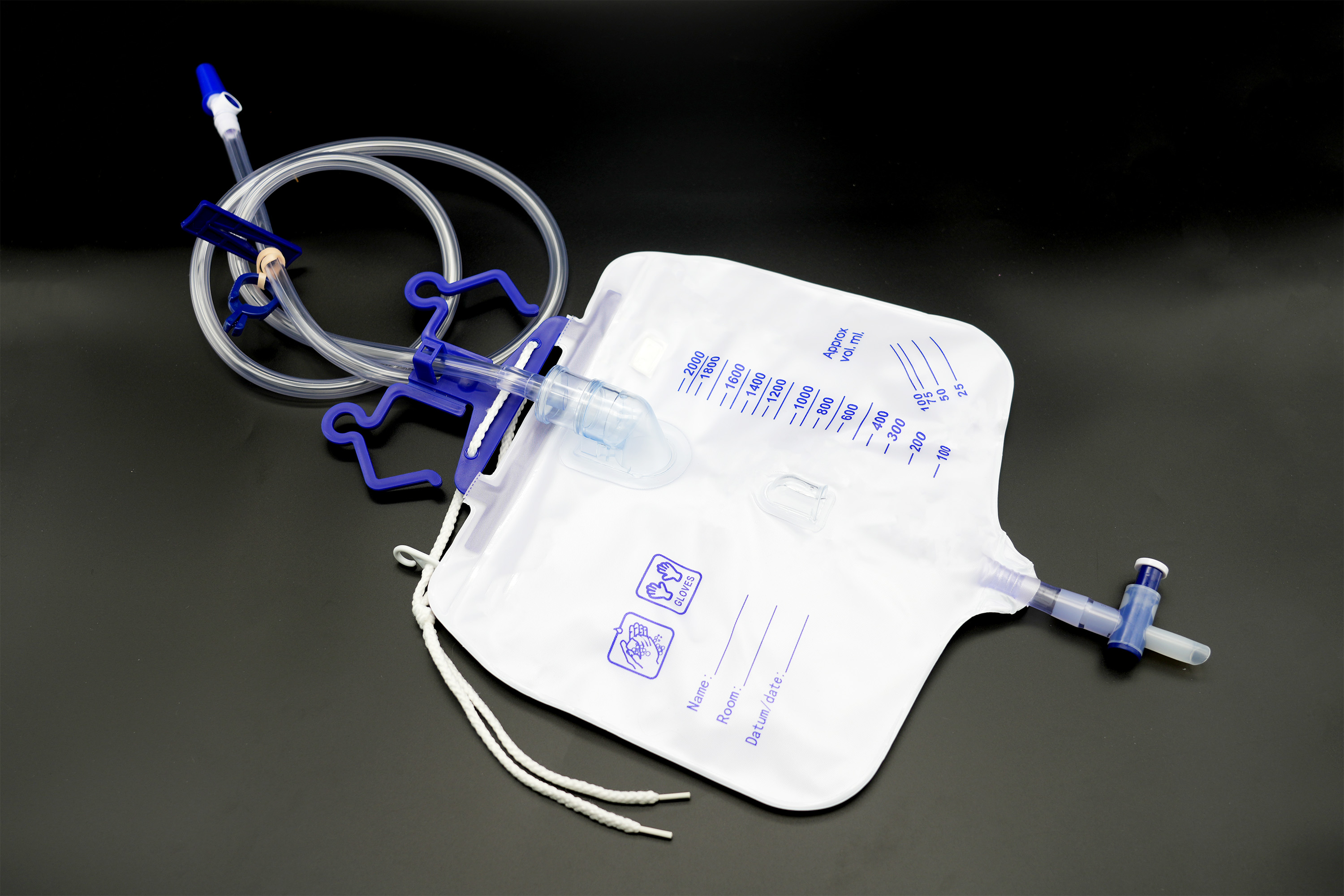
You Are Here:Home > News Center
> Industry dynamics
News navigation
Recommended news
Recommended products
How can gastrointestinal nutrition bags provide nutritional support
source:www.sxhongwei.com | Release time:2025-02-06
Gastrointestinal nutrition bags usually refer to enteral nutrition preparations, which are usually provided through oral or tube feeding to provide nutritional support through the gastrointestinal tract, as follows:
1. Oral administration
Patients with normal gastrointestinal function: For some patients with basic normal gastrointestinal function, but due to diseases or other reasons leading to insufficient food intake or uneven nutrient intake, such as mild malnutrition, poor appetite, etc., they can directly take the nutritional preparations in the gastrointestinal nutrition bag orally. These preparations are usually designed with special formulas that have a relatively good taste and are easy for patients to accept. According to the patient's nutritional needs and tolerance, it can be taken at regular intervals and in fixed quantities every day to replace some or all of the daily diet and supplement various nutrients needed by the body.
2. Tube feeding
Nasal feeding tube: For patients with swallowing difficulties, coma, oral or throat diseases, etc. who cannot eat orally, nasal feeding is often used. Insert a gastric tube into the stomach through the nasal cavity, and then slowly inject the nutrient solution from the gastrointestinal nutrition bag into the stomach through the gastric tube. This method ensures that the nutrient solution directly enters the stomach, utilizing the digestive and absorption functions of the stomach to provide nutritional support for patients. According to the patient's condition and nutritional needs, intermittent nasal feeding can be chosen, which means injecting nutrient solution every certain time (such as 4-6 hours); Continuous nasal feeding can also be used, where nutrient solution is continuously pumped into the stomach at a slower rate through infusion pumps and other equipment, allowing nutrients to be digested and absorbed more evenly.
Gastrostomy tube: For patients who require long-term enteral nutrition support and are expected to be unable to eat orally for more than 4 weeks, such as those with swallowing disorders caused by certain neurological disorders, gastric fistula surgery may be considered. Make a small incision in the abdomen, insert the fistula tube directly into the stomach, and then connect the gastrointestinal nutrition bag to the fistula tube for the infusion of nutrient solution. Gastric fistula tube can reduce the damage of nasogastric feeding tube to nasal cavity, throat and other parts, and improve the comfort and quality of life of patients. Similarly, intermittent or continuous infusion methods can be chosen based on the patient's condition.
Jejunostomy tube: For patients with gastric dysfunction such as gastroparesis, pyloric obstruction, or those who need to avoid food passing through the stomach and directly entering the small intestine for digestion and absorption, jejunostomy tube can be used. Place the nutrition tube in the jejunum through surgery or percutaneous puncture, and directly infuse the nutrient solution from the gastrointestinal nutrition bag into the jejunum. This method can bypass the stomach and utilize the digestive and absorption functions of the jejunum to provide nutrition for patients, reduce the burden on the stomach, and lower the risk of gastrointestinal complications.
The nutritional supplements in the gastrointestinal nutrition bag contain various nutrients, including carbohydrates, proteins, fats, vitamins, minerals, etc., which can provide patients with good nutritional support, maintain normal physiological functions and metabolic needs of the body.
1. Oral administration
Patients with normal gastrointestinal function: For some patients with basic normal gastrointestinal function, but due to diseases or other reasons leading to insufficient food intake or uneven nutrient intake, such as mild malnutrition, poor appetite, etc., they can directly take the nutritional preparations in the gastrointestinal nutrition bag orally. These preparations are usually designed with special formulas that have a relatively good taste and are easy for patients to accept. According to the patient's nutritional needs and tolerance, it can be taken at regular intervals and in fixed quantities every day to replace some or all of the daily diet and supplement various nutrients needed by the body.
2. Tube feeding
Nasal feeding tube: For patients with swallowing difficulties, coma, oral or throat diseases, etc. who cannot eat orally, nasal feeding is often used. Insert a gastric tube into the stomach through the nasal cavity, and then slowly inject the nutrient solution from the gastrointestinal nutrition bag into the stomach through the gastric tube. This method ensures that the nutrient solution directly enters the stomach, utilizing the digestive and absorption functions of the stomach to provide nutritional support for patients. According to the patient's condition and nutritional needs, intermittent nasal feeding can be chosen, which means injecting nutrient solution every certain time (such as 4-6 hours); Continuous nasal feeding can also be used, where nutrient solution is continuously pumped into the stomach at a slower rate through infusion pumps and other equipment, allowing nutrients to be digested and absorbed more evenly.
Gastrostomy tube: For patients who require long-term enteral nutrition support and are expected to be unable to eat orally for more than 4 weeks, such as those with swallowing disorders caused by certain neurological disorders, gastric fistula surgery may be considered. Make a small incision in the abdomen, insert the fistula tube directly into the stomach, and then connect the gastrointestinal nutrition bag to the fistula tube for the infusion of nutrient solution. Gastric fistula tube can reduce the damage of nasogastric feeding tube to nasal cavity, throat and other parts, and improve the comfort and quality of life of patients. Similarly, intermittent or continuous infusion methods can be chosen based on the patient's condition.
Jejunostomy tube: For patients with gastric dysfunction such as gastroparesis, pyloric obstruction, or those who need to avoid food passing through the stomach and directly entering the small intestine for digestion and absorption, jejunostomy tube can be used. Place the nutrition tube in the jejunum through surgery or percutaneous puncture, and directly infuse the nutrient solution from the gastrointestinal nutrition bag into the jejunum. This method can bypass the stomach and utilize the digestive and absorption functions of the jejunum to provide nutrition for patients, reduce the burden on the stomach, and lower the risk of gastrointestinal complications.
The nutritional supplements in the gastrointestinal nutrition bag contain various nutrients, including carbohydrates, proteins, fats, vitamins, minerals, etc., which can provide patients with good nutritional support, maintain normal physiological functions and metabolic needs of the body.
Previous:
period
Next:
What are the uses of precision urine bags
【Related articles】
【Related Products】

- Urine Bag
- Leg Bag
- Urine Meter
- Feeding Set
Product Center
- Urine Bag
- Leg Bag
- Urine Meter
- Feeding Set
Direct train
- Company news
- Industry dynamics
News Center
- Company Profile
- Honorary qualifications
About Us
Copyright © 2021- 常熟市偉盛醫療用品有限公司
技術支持:藍戈鏈企

 WeChat:
WeChat:







 home
home
 WeChat
WeChat
 telephone
telephone